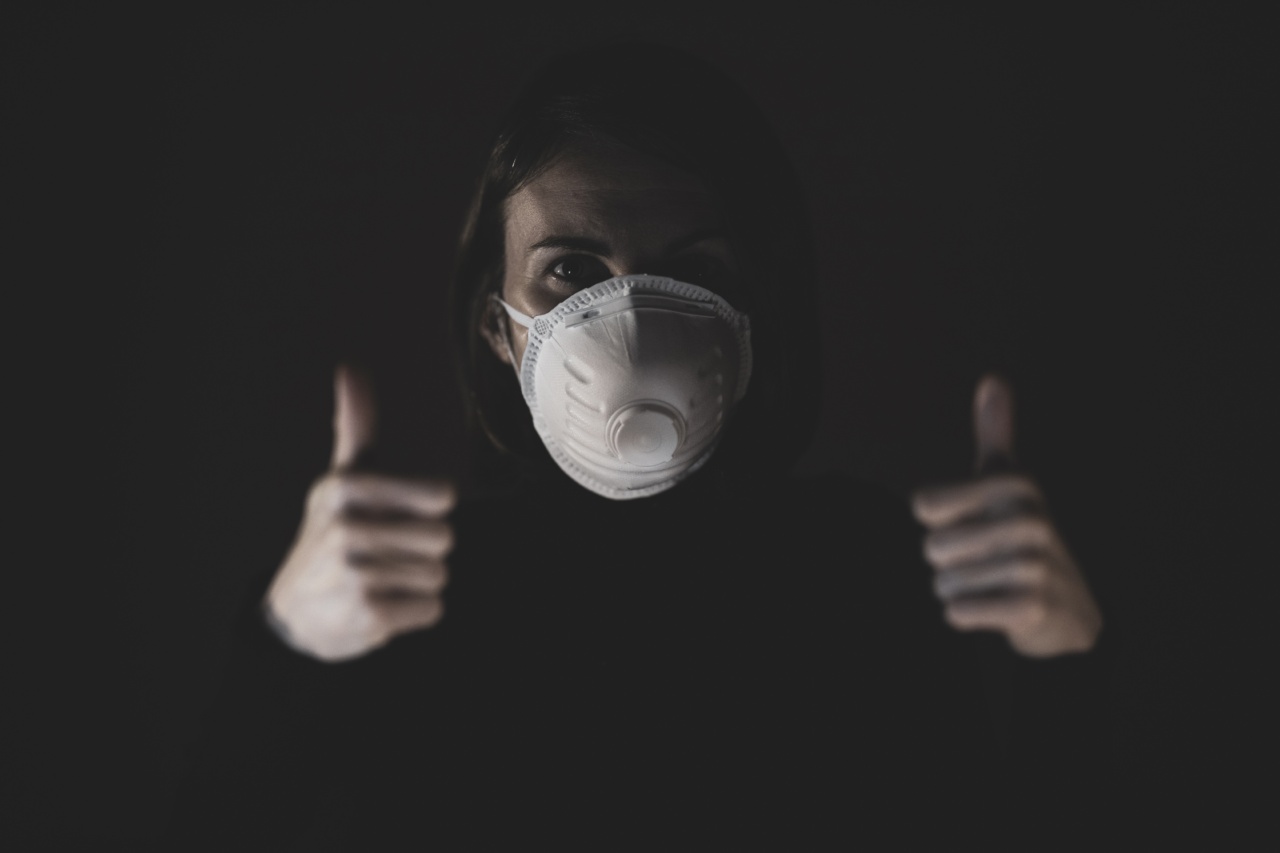COPD, which stands for chronic obstructive pulmonary disease, is a serious respiratory condition that is often considered a silent killer.
According to the World Health Organization, COPD is the third leading cause of death worldwide, with more than 3 million deaths in 2019 alone. Despite its prevalence and severity, many people remain unaware of the condition or fail to take it seriously until it’s too late.
What Is COPD?
COPD is a chronic lung disease that makes it difficult to breathe. It is usually caused by long-term exposure to irritants such as cigarette smoke, air pollution, and workplace dust and chemicals.
Over time, the air sacs in the lungs become damaged and lose their elasticity, making it harder to expel air. This results in a feeling of breathlessness, especially during physical activity.
COPD is a progressive disease, meaning that symptoms get worse over time. It is also irreversible, so there is no cure for COPD. However, with proper management, people with COPD can improve their quality of life and reduce their risk of complications.
How Is COPD Diagnosed?
Since COPD is often known as a silent disease, many people don’t realize they have it until the condition has already progressed. Symptoms such as coughing, wheezing, and shortness of breath may be dismissed as signs of aging or other health issues.
For this reason, it’s important to be aware of risk factors and talk to a healthcare provider if you experience any respiratory symptoms.
Healthcare providers can diagnose COPD through several tests, including:.
- Spirometry: Measures the amount of air you can exhale after taking a deep breath and how quickly you can do so.
- Chest X-rays and CT scans: Can show signs of emphysema or lung damage.
- Arterial blood gas test: Measures oxygen levels in the blood and can show how well the lungs are functioning.
Who Is At Risk For COPD?
While anyone can develop COPD, certain factors increase your risk. These include:.
- Smoking: Tobacco smoke is the leading cause of COPD.
- Air pollution: Breathing in pollutants such as vehicle exhaust and industrial fumes can damage the lungs.
- Occupational exposure: Workplace chemicals and dust can irritate the lungs over time.
- Genetics: Some people may have a genetic predisposition to COPD.
It’s important to note that while smoking is the primary cause of COPD, non-smokers can also develop the disease. Secondhand smoke, exposure to pollution, and occupational hazards can all contribute to the development of COPD.
How Is COPD Managed?
Though there is no cure for COPD, there are several ways to manage the condition and improve quality of life. These include:.
- Quitting smoking: This is the most important step in managing COPD. Quitting smoking can slow the progression of the disease and improve lung function.
- Medications: Bronchodilators and corticosteroids can help open the airways and reduce inflammation.
- Oxygen therapy: Provides supplemental oxygen to improve breathing.
- Pulmonary rehabilitation: A program that includes exercise, breathing techniques, and education to help improve respiratory function and quality of life.
- Surgery: In severe cases, surgery may be necessary to remove damaged tissue or to replace a damaged lung.
The Importance of COPD Awareness
As mentioned earlier, COPD is often referred to as a silent disease because it can go undiagnosed until irreversible lung damage has occurred. This is why awareness of risk factors and early symptoms is crucial.
If you experience any respiratory symptoms, talk to your healthcare provider to determine whether you are at risk for COPD.
It’s also important to spread awareness to others, especially those at risk for the disease.
Quitting smoking, reducing exposure to pollution and other irritants, and early diagnosis can all help slow the progression of COPD and improve quality of life for those with the disease.
Conclusion
COPD may be a silent disease, but it’s a serious one that affects millions worldwide.
Understanding risk factors, recognizing early symptoms, and taking preventative measures such as quitting smoking and reducing exposure to air pollutants can all help reduce the incidence and severity of COPD. If you or a loved one has respiratory symptoms, talk to your healthcare provider to determine whether you may be at risk for COPD.





























